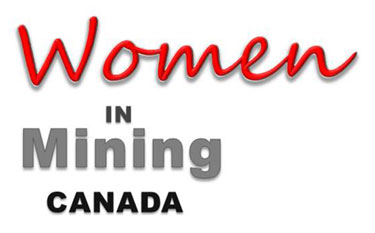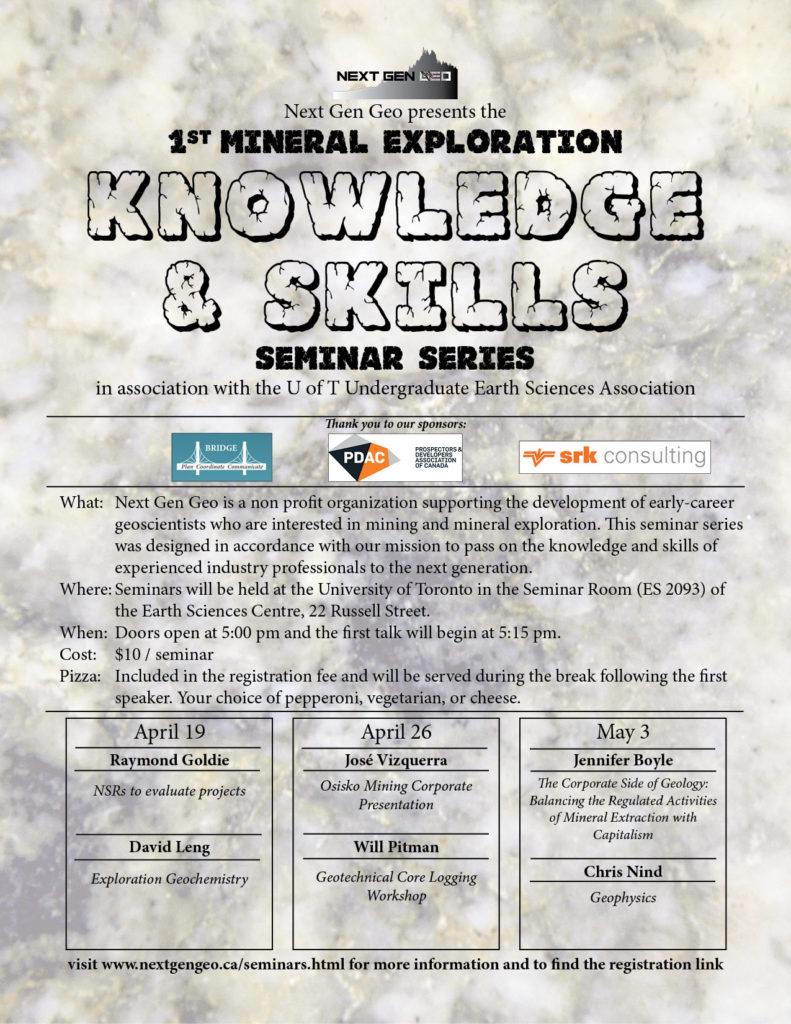…THAT TRULY IS THE QUESTION, if you are trying to decide about sustainability and how to implement it within your organisation.
There is ESG, CSR and Sustainability. Do they mean the same, how do they differ? …more questions.
And thanks to social media, everyone is weighing in … So in fact it seems that Sustainability practices and their application raise more questions than there appear to be answers.
IT LOOKS COMPLICATED … At first glance the concept of ESG may appear to include many moving parts. The paradigm is shifting, of that there is no doubt. To wit the presence of acronyms, synonyms, guidelines, standards, regulations, policies and rulings, statements made by CEOs and industry associations, not to mention a flurry of articles, opinions, tweets and postings (… including this one)!
Depending on what your role is, either within the organisation or on the outside, when you stand back, it may look complicated and there seems to be a myriad of varying answers. And in truth, they are all valid, they all have their meaning. Their application is relevant within each of the organisations that use and refer to them, as they tailor their use to their respective needs and demands of their business model.
If you happen to be in the mining business, the paradigm takes on a whole new meaning… and again, depending on the market capitalization, the nature of the assets as well as a number of other elements, ESG will mean something different for each business.
IT WORKS FOR MID-TIERS OR MAJORS … NOT FOR JUNIORS…. Many small-caps and juniors feel that even the basic concepts of sustainability do not resonate, mostly because they feel they have neither the financial or the manpower capacity, or even the time to address the topic, much less engage in it. There are exploration and drilling requirements, technical reports to be prepared, permits and registrations to be obtained, etc. and of course shareholders and investors to satisfy. These are truly relevant ….
These concerns are all legitimate. However, regardless of the size of the organization, there are a number of common elements that apply. While all companies do not have similar financial or manpower means, or are not necessarily at the same stage of project development or operations, mining companies do care about their investors and attracting funds to help them develop their assets and get to the next stage and the next quarter.
SOME COMMON CORE CONCERNS FOR ESG … Simply put, what are the ESG factors and are they really relevant? How does a company act as an environmental steward, treat its team, customers, suppliers and communities? How does it govern itself? How to determine what results need to be considered, how are they measured, which results are measured, and what to report, or not?
How does this all play out… is it even a level-playing field? Does sustainability “mean” the same thing for juniors, mid-tiers and major players?
Ultimately, regardless of the size of the organization, mining companies do care about their materiality, transparency and accountability – as well as obtaining their social license. Most mining organizations have a vision and a set of values they act by. They do care about who they are and how they act, are accountable to their shareholders to their stakeholders and aware of their surroundings.
SO WHAT DOES IT MEAN AND WHY IS IT IMPORTANT … It starts by simplifying the message and reducing the principles to their most common denominator. In this manner, we can identify those elements that are at the very root of the meaning of ESG.
A sustainable approach is one that builds trust, is transparent and accountable, fosters respect and builds a bridge between the project and the team, the leadership and the board. All have distinct and separate roles but they are not completely disconnected from each other. While each group has their clear and distinct set of responsibilities, at the end of the day they are all accountable to those who have believed and invested in them and are definitely inter-related.
We know that traditionally portfolio managers consider earnings, profit margins and debt levels when making investment decisions. This has not changed. What has changed, however, is that increasingly and based on a more “in-depth” risk assessment, there has been a focus on integrating ESG factors within their investment-making decision.
Beyond what the mining industry has been used to, the role and impact of ESG integration into organizations’ respective business model is far-reaching. In fact ESG has the potential to add value by enhancing the long-term overall and sustainable performance of the organization. Companies that follow sound ESG practices are shown to be well managed, responsible organisations attractive to portfolio managers.
YOU’RE PROBABLY ALREADY DOING IT … because what we’ve just discussed constitutes in fact the basic fundamentals of doing business. And size does not matter.
Integrating ESG into business practices is simply tantamount to sound risk management practices. The difference actually lies in the timing as well as the messaging of the activities and the extent to which this behaviour is truly and consistently taking place.
Much has been made about reporting ESG performance and results, based on the common saying that “you can only manage what you can measure”. And while there are the SDGs and the GRIs, and a large number of data analytics companies that offer reporting software, it may all seem somewhat daunting. However a strong commitment from the leadership shared with the board and flowed down the project team of a few values, which are clearly identified and tracked (albeit on a simple Xcel spreadsheet) will go a long way to highlighting good “social behaviours”.
SIMPLE STEPS CAN GET YOU THERE … the most important one is the one we should do best: “plan” the steps, plot them on the project’s (realistic) timeline and act on them.
Identify and understand the landscape in which you are operating and identify all of your stakeholders (including the “internal” ones – the board, the leadership, the team). Understand their agendas and their interfaces, be they political, regulators, indigenous, unions, surrounding communities, organisations, influencers, media, social-media, etc.…
Remember, at the end of the day, and regardless of your size, your reputation is at stake. Make sure you are “are you walking the talk”, in spite of statements on your website, and perhaps even some reporting.
ENGAGE EARLY IN THE DIALOGUE …THE BACKDROP REMAINS THE TIMELY DELIVERY OF THE PROJECT… At the end of the day, attracting the investors and providing them with the comfort they require to provide funding …this is the priority.
Dialogue with shareholders and stakeholders fosters an environment that is open and transparent, built on trust and respect. While dialogue alone does not “resolve all issues”, it does provide a positive space for the underlying principles of ESG to be adopted and integrated into the company’s business model, regardless of size, location and financial means.
To obtain this social license, and proper ESG integration, you will also need to focus on working with the full team, across all the functions, with all proponents participating together. The exercise of understanding how to advise a board, how to work with the leadership to advise on strategy and help roll out the applicable action plans are all activities that can be done, without a cast of thousands, but does require on-going dialogue. Involving an independent third party to facilitate or provide input to this process can often bring a fresh perspective, whilst also allowing the core business team to get on with their day jobs.
Because of the importance of social media and how we “put our message out there” to attract investors and create awareness of what we do and how we do it, communications and a plan around the release of information becomes extremely important. Social media should be central to a sophisticated and successful ESG communications effort.
“DEBUNKING” THE MYTH ….. It really isn’t that complicated after all.
Depending on where you sit within the organisation, and what your responsibilities and accountabilities are, you will need to determine what actions are required to achieve the organisation’s goals and provide comfort to the investors. You cannot claim to be all things to all people, all of the time… but you can be true to your word, the business vision and your values. Many businesses are already doing some aspects of this, since managing and mitigating risks, lowering cost of capital, focussing on improved operational performance and overall “good performance” for the long-term has long been recognised as the key factors for long term business success.
The challenge for the leadership lies in building the strategy, then implementing and communicating it, as well as finding the right methodology to measure and report results. Asking the right questions and understanding the overarching targets the business can provide is a good place to start, something which can frequently be facilitated with the assistance of external and independent expertise.
IN CONCLUSION … mining companies want “to get it right” and “do the right thing”. As change is happening and brings about shifts in culture within the industry, ESG provides a manner to master it and manoeuvre through increased challenges presented by a number of varying factors.
There are no silver bullets, or a “one-size-fits-all” approach to integrating ESG into your business model in order to achieve sustainability and social license. The solution lies in finding the way to bridge the gap between the “business of mining” and the sustainability approach: how do we determine what makes sense to our particular business, how do we choose those elements that are important to us, and how do we share and report them both internally and externally.
How do we shift from a “next-quarter” business model, to building a mid to long-term strategy for a sustainable bottom line? What is relevant, and what isn’t, and what makes business sense?
The CSR approach, and attaining what is known as “social license” is a business model and a way of doing business… an approach wherein the leadership and the project team integrate this approach to how they deliver their project, the way they interface internally with their teams and externally how they partner and cooperate with the involved stakeholders and communities.
This, in my humble opinion, is what ESG is all about.
If these comments resonate (or not) I welcome your feedback. I would be delighted to help your organisation “kick-start the conversation” and assist in “sparking the fire” or simply helping to take the first step with a simple gap analysis to determine what the next steps would look like… fuel the discussion or help get over the hump.
Siri C. Genik
Principal & Founder
BRIDGE© – Linking Ideas with Reality
www.bridgeconsult.ca
September 2019

 The main purpose of the Conference is to analyze the current situation on gender in the mineral sector of Mongolia, to strengthen the legal and policy environment on gender and the mineral sector by intensifying the implementation of the Mongolia’s Sustainable Development Vision 2030; the Law on Promotion of Gender Equality and National Program on Gender Equality (2017-2021): and, to contribute to improvement of knowledge on gender equality and to discuss next steps for action.
The main purpose of the Conference is to analyze the current situation on gender in the mineral sector of Mongolia, to strengthen the legal and policy environment on gender and the mineral sector by intensifying the implementation of the Mongolia’s Sustainable Development Vision 2030; the Law on Promotion of Gender Equality and National Program on Gender Equality (2017-2021): and, to contribute to improvement of knowledge on gender equality and to discuss next steps for action. Women in Mining Canada (WIMC) is a national not-for-profit organization formed in 2009 focused on advancing the interests of women in the minerals exploration and mining sector. In collaboration with Canadian WIMC branches we support grassroots initiatives in the realm of personal and professional development, while providing a national voice within the global minerals and mining community.
Women in Mining Canada (WIMC) is a national not-for-profit organization formed in 2009 focused on advancing the interests of women in the minerals exploration and mining sector. In collaboration with Canadian WIMC branches we support grassroots initiatives in the realm of personal and professional development, while providing a national voice within the global minerals and mining community.